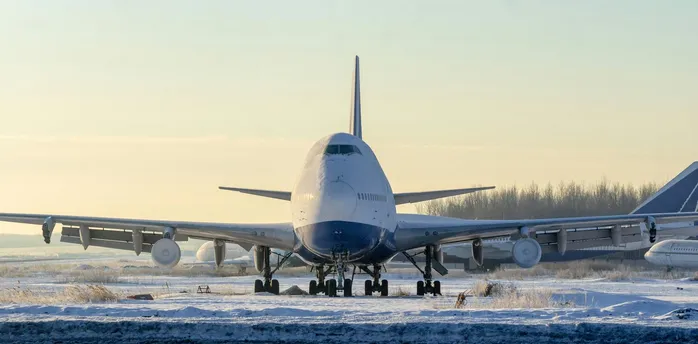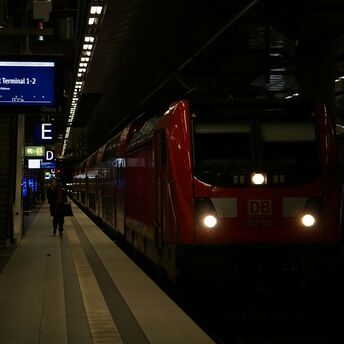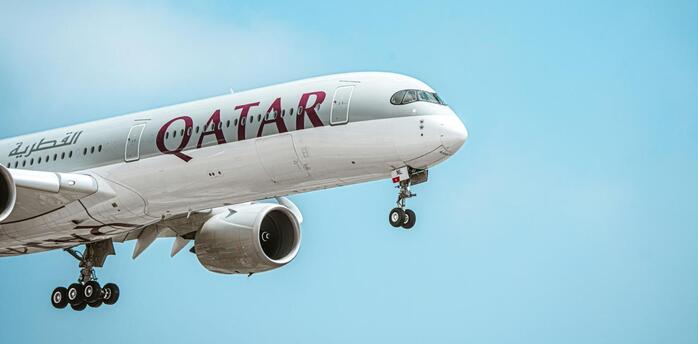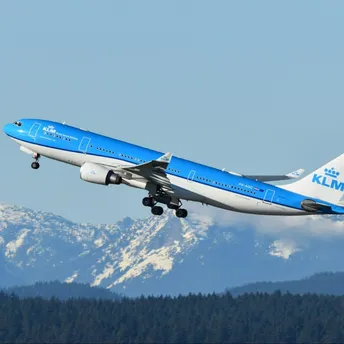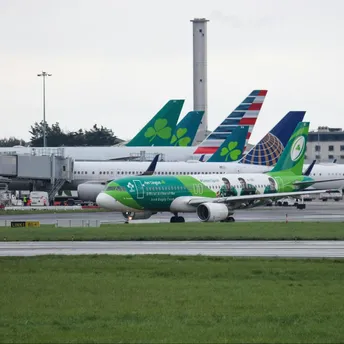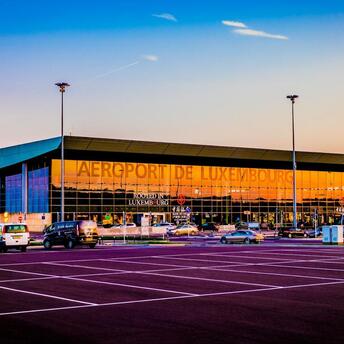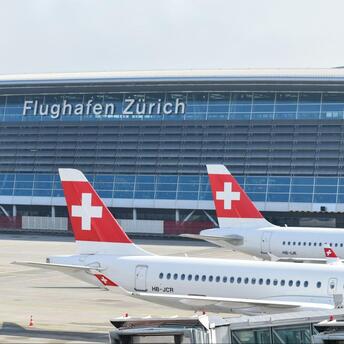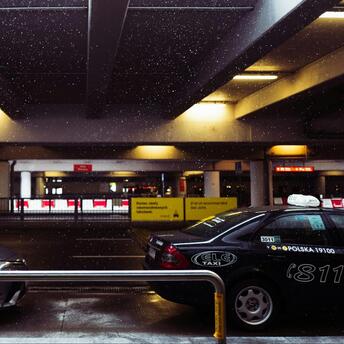Europe’s Green Aviation Push Versus Global Mega-Airport Boom
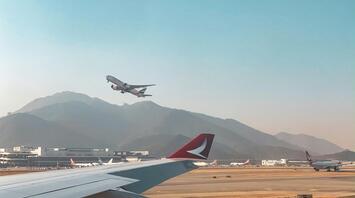
As Europe works to curb aviation emissions in pursuit of net zero targets, the rest of the world is investing heavily in new mega-airports.
This week, Willie Walsh, the former British Airways CEO and current IATA chief, criticized Europe’s stringent green air travel policies, warning that they could alienate the continent from the rest of the world. Walsh argued at an IATA conference in Dubai that Europe should focus on developing sustainable aviation fuel (SAF) instead of stifling industry growth.
The European Green Deal, approved in 2020, mandates a 90% reduction in transport emissions by 2050 compared to 1990 levels. This has led to France banning short domestic flights, Spain drafting similar laws, and restrictions on night flights at Dutch airports like Schiphol. Meanwhile, Dublin Airport faces passenger limits due to recent expansions, reflecting a broader trend of tightening regulations across Europe.
Despite the aviation industry accounting for around 2% of global CO2 emissions, with additional warming effects from other pollutants, Europe’s restrictive measures contrast sharply with global trends. Countries outside Europe are unveiling massive airport projects. Dubai’s Al Maktoum International Airport aims to become the largest by 2034, with a capacity of 260 million passengers annually. India’s Noida International Airport, Singapore’s expanded Terminal 5, and significant projects in Ethiopia, the Philippines, China, Saudi Arabia, and Vietnam collectively promise to accommodate hundreds of millions of passengers each year.
These developments raise questions about the fairness of restricting growth in developing countries, which seek to benefit from aviation as Europe has for decades. While newer, more efficient planes offer some hope, the anticipated passenger boom is likely to negate these gains.
Climate experts like Stefan Gössling from Linnaeus University highlight the disparity in aviation emissions. In 2018, North America emitted 520kg of CO2 per capita from commercial air transport, compared to 250kg in Europe and just 57kg in the Asia-Pacific region. Gössling suggests that as climate impacts worsen, countries currently expanding their aviation sectors might adopt Europe’s stringent measures within the next decade. This shift, however, may come too late to prevent crossing critical climate thresholds.


